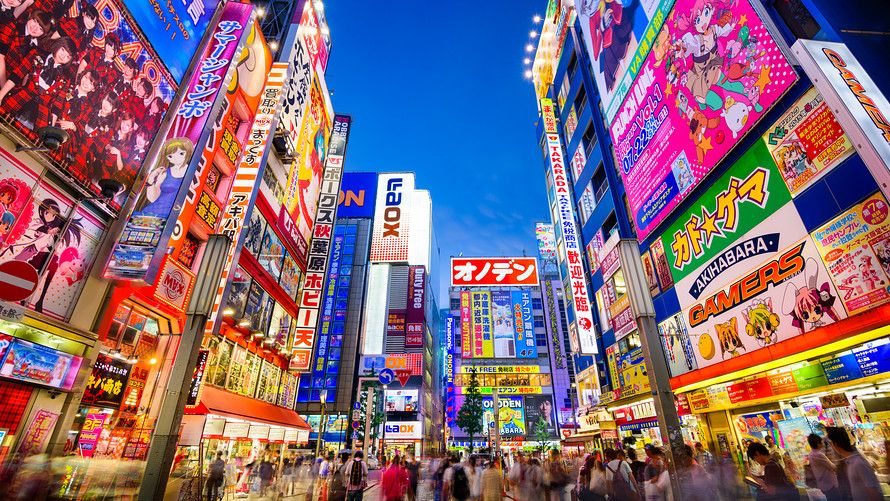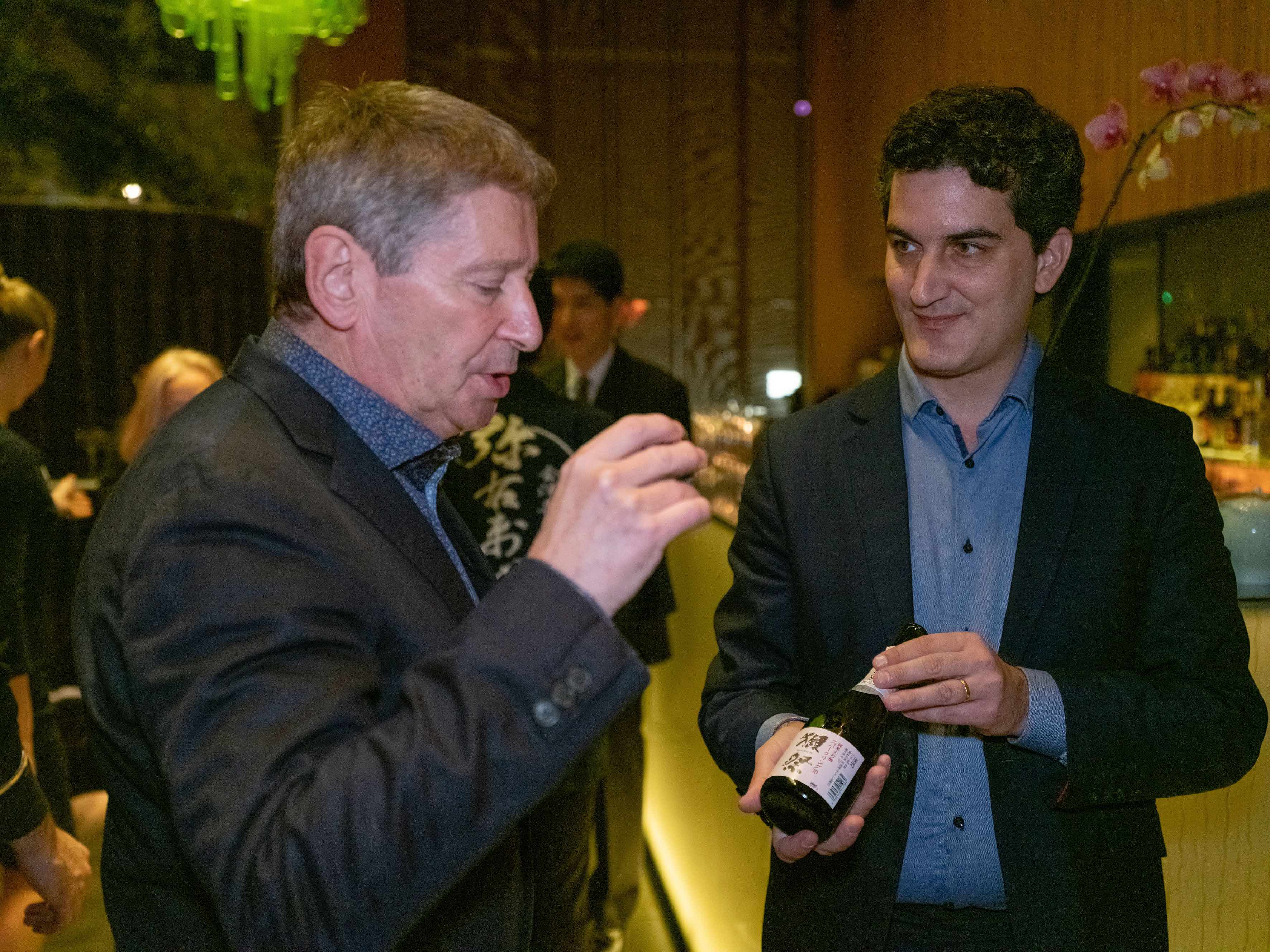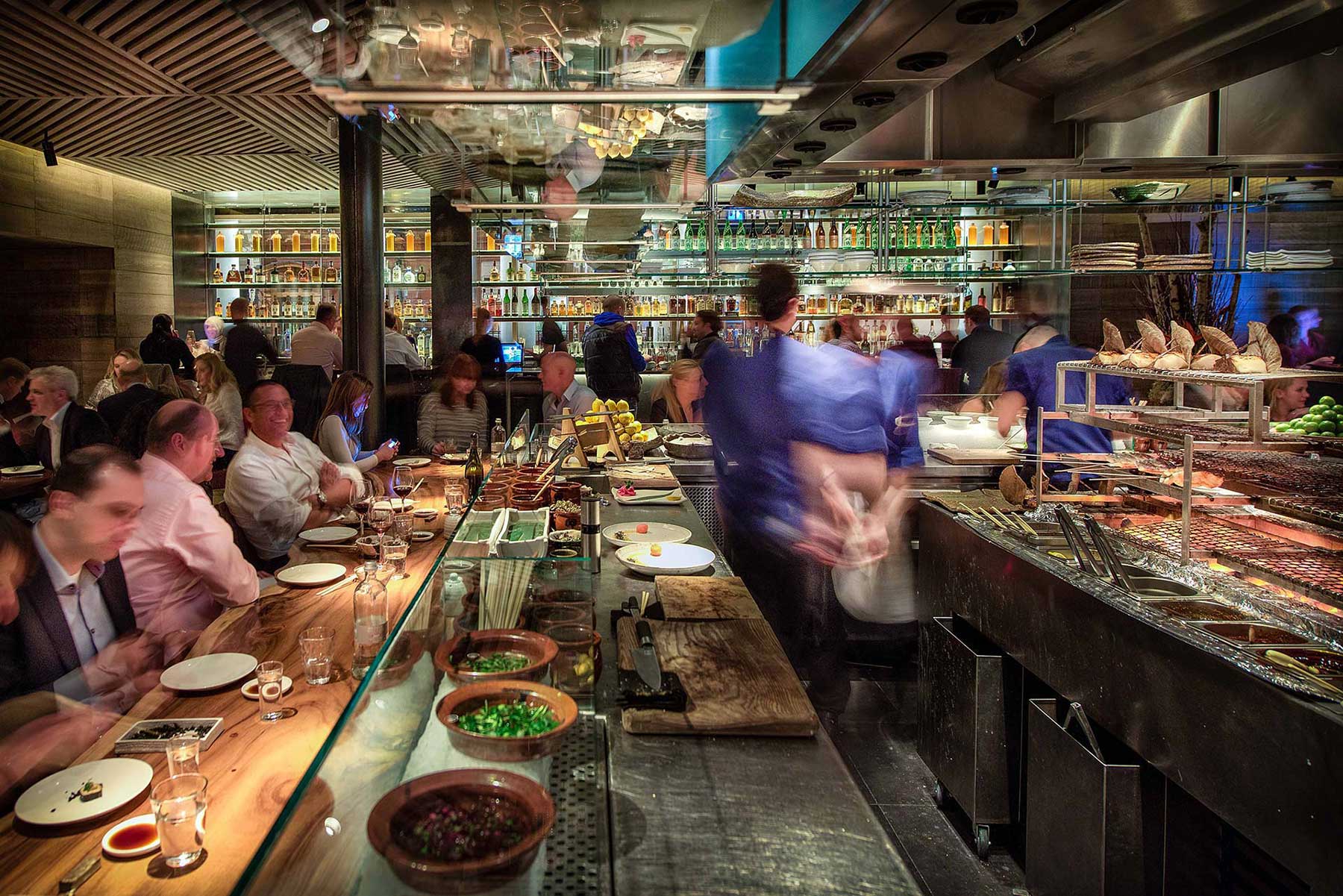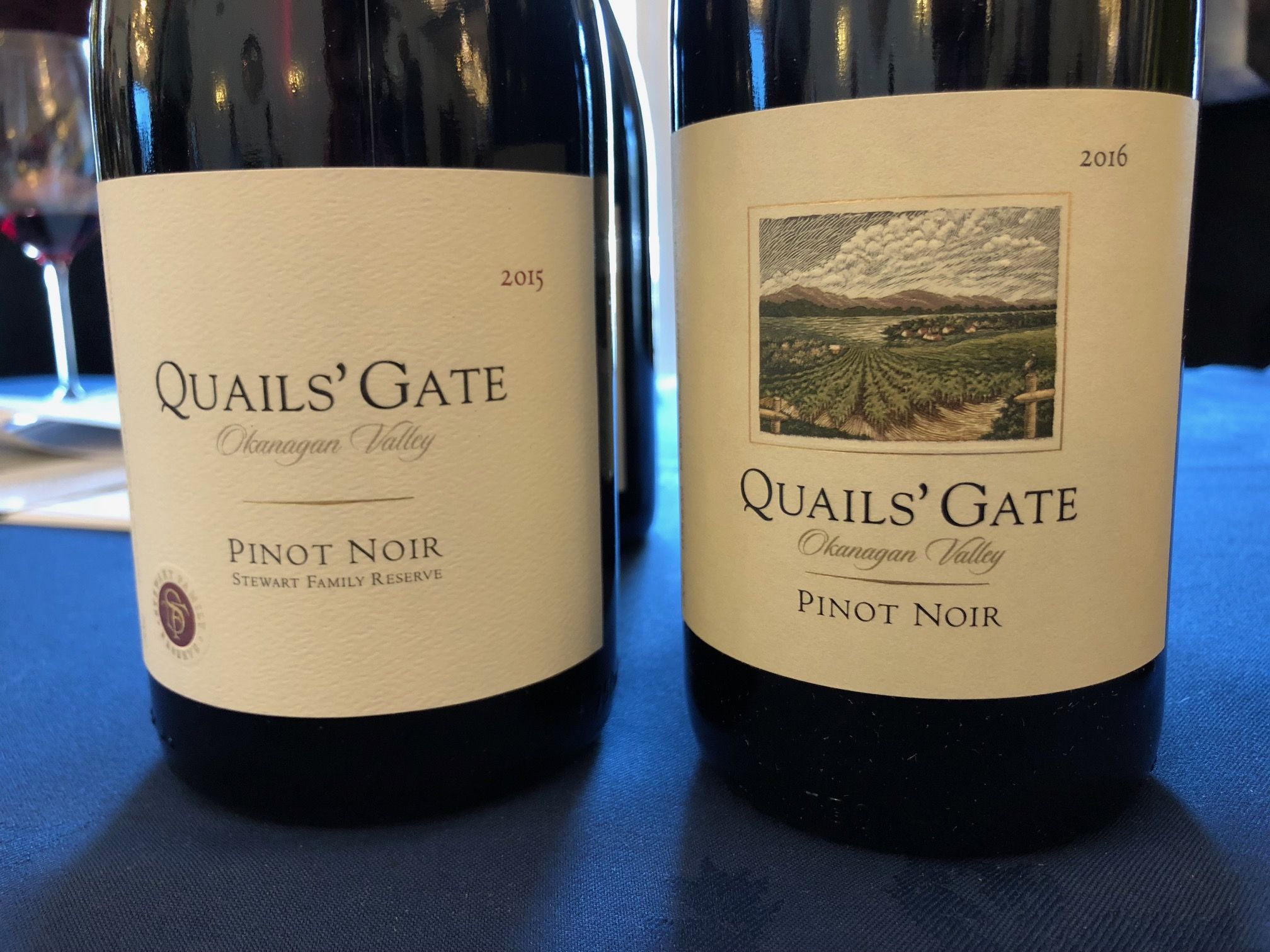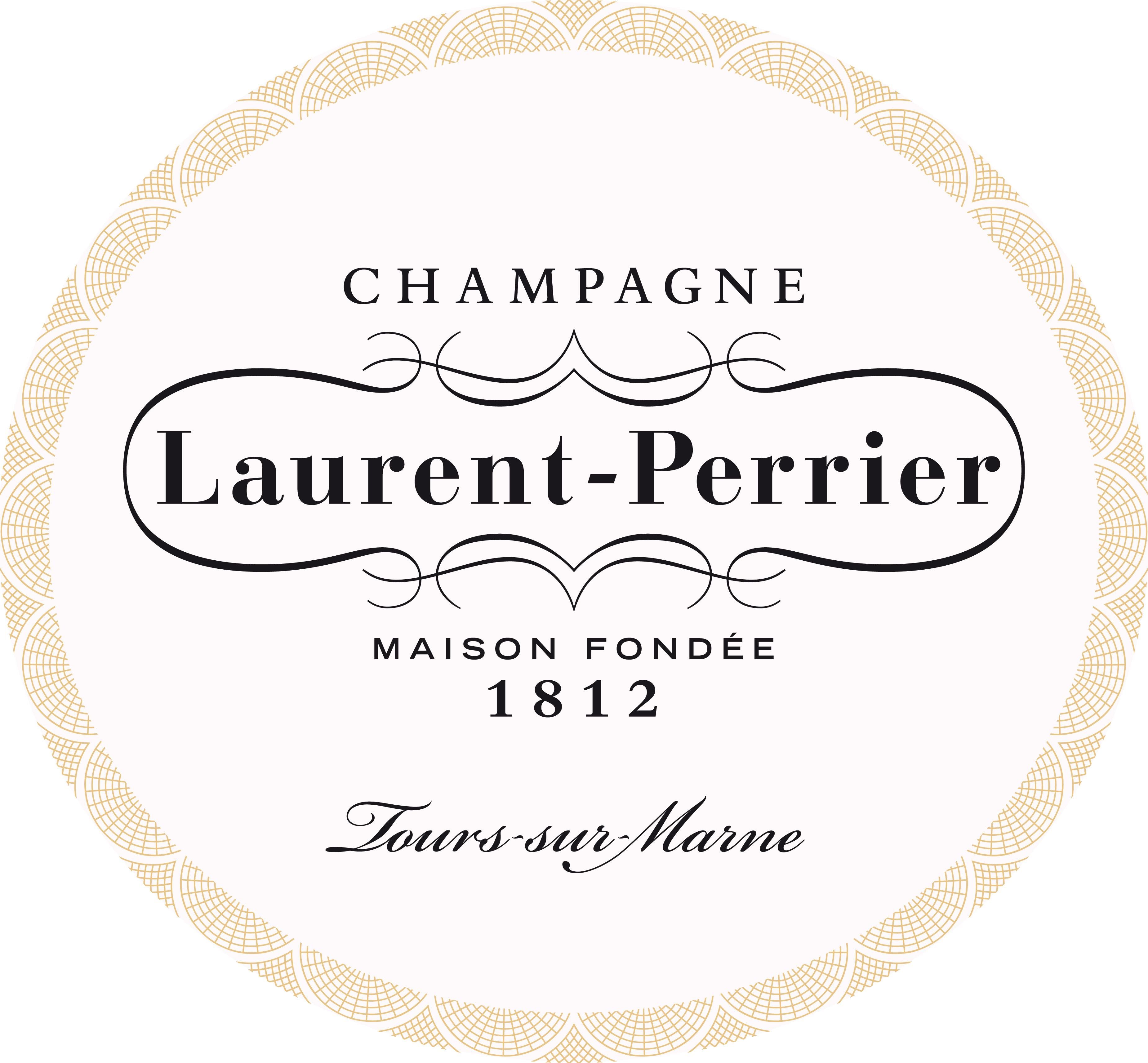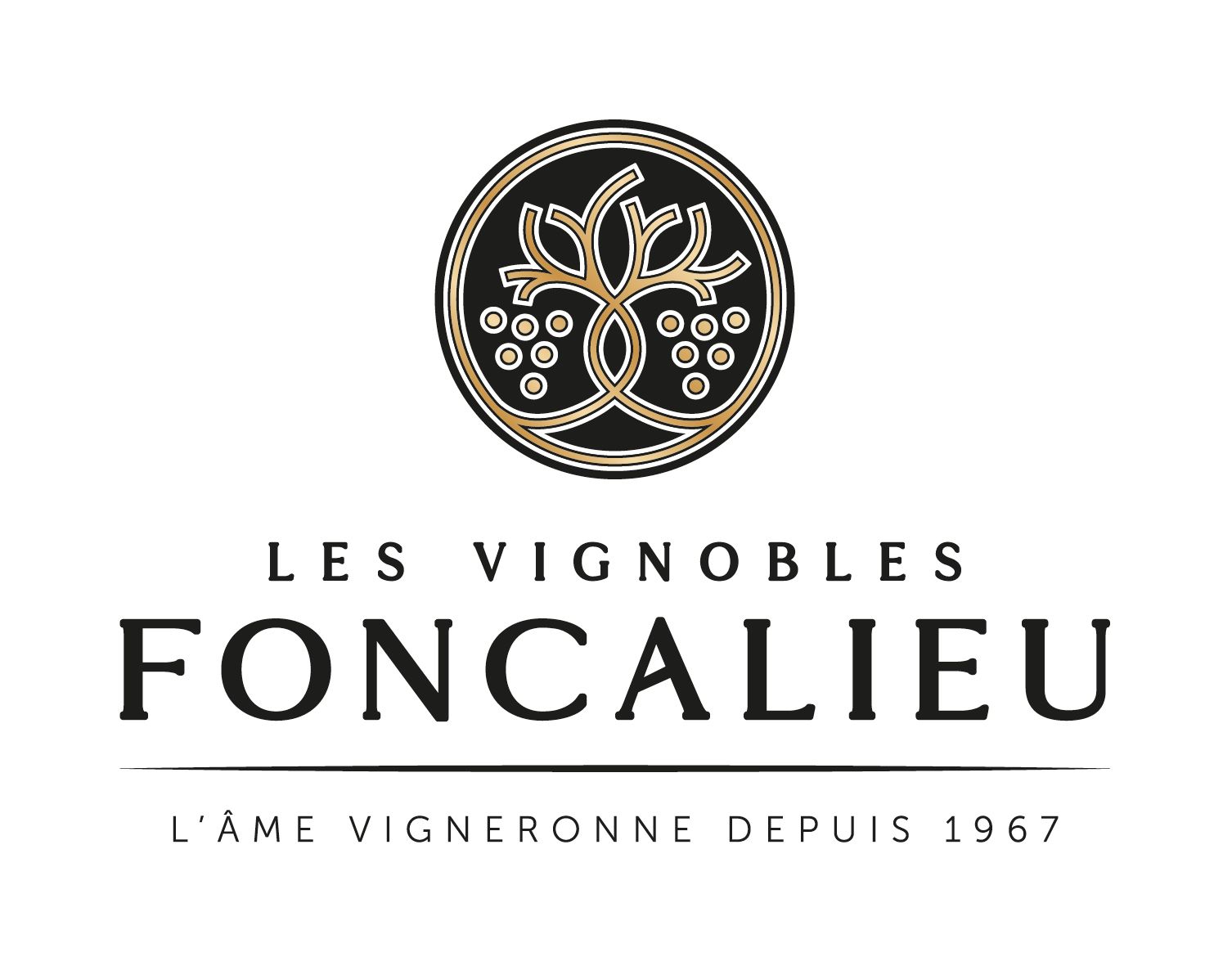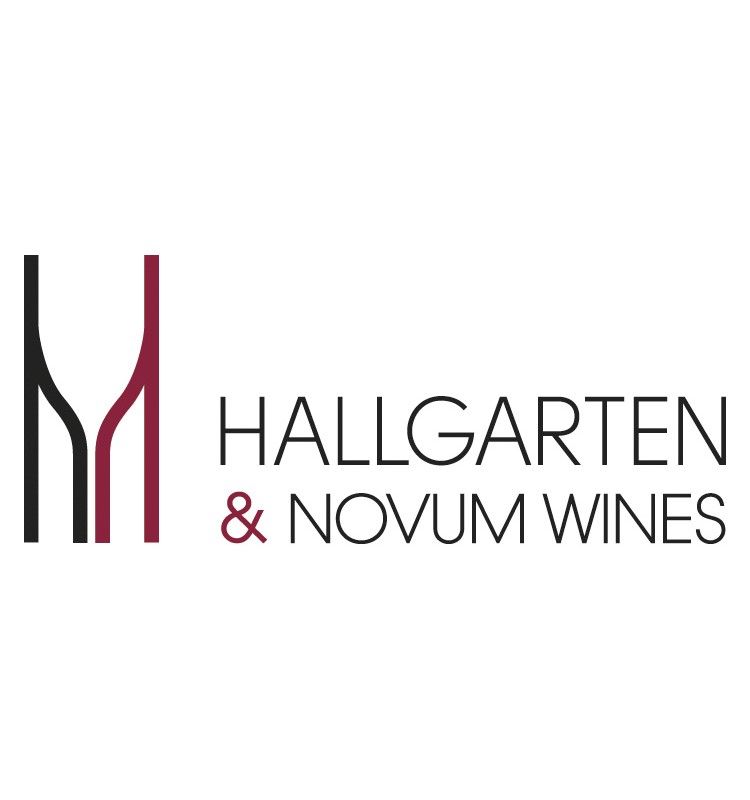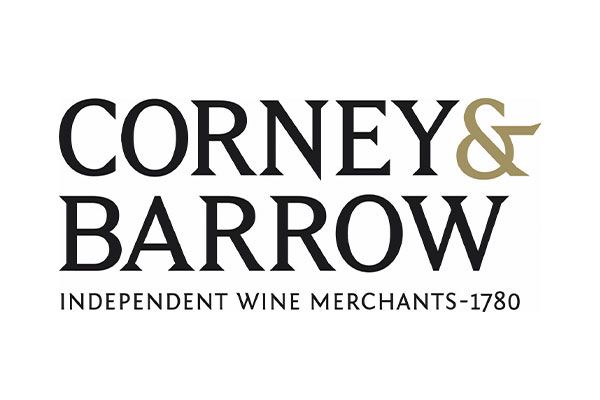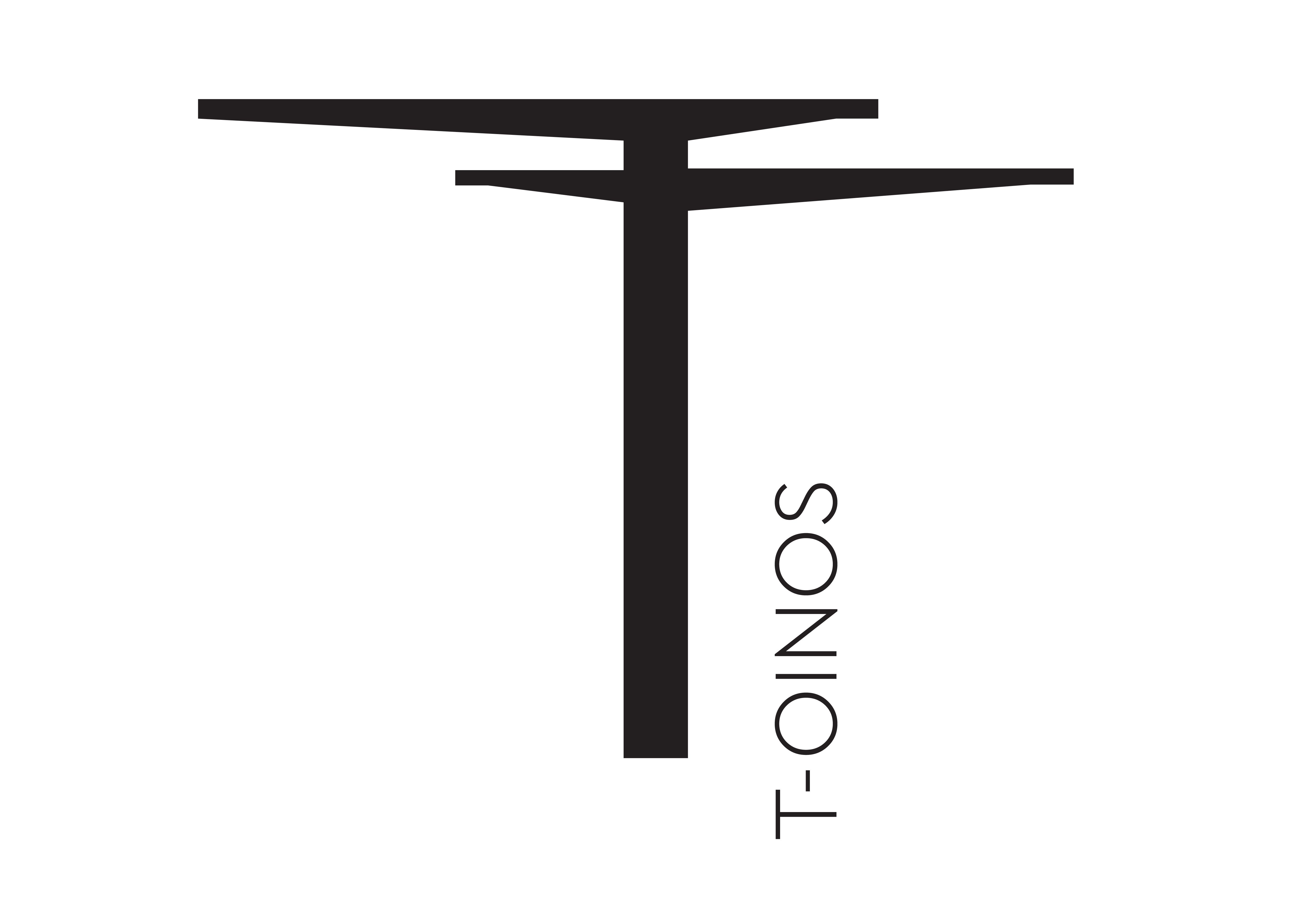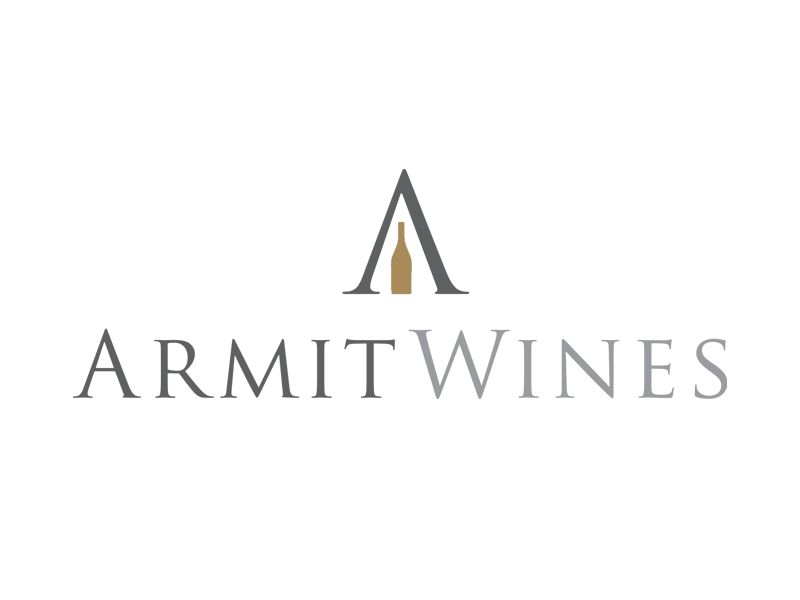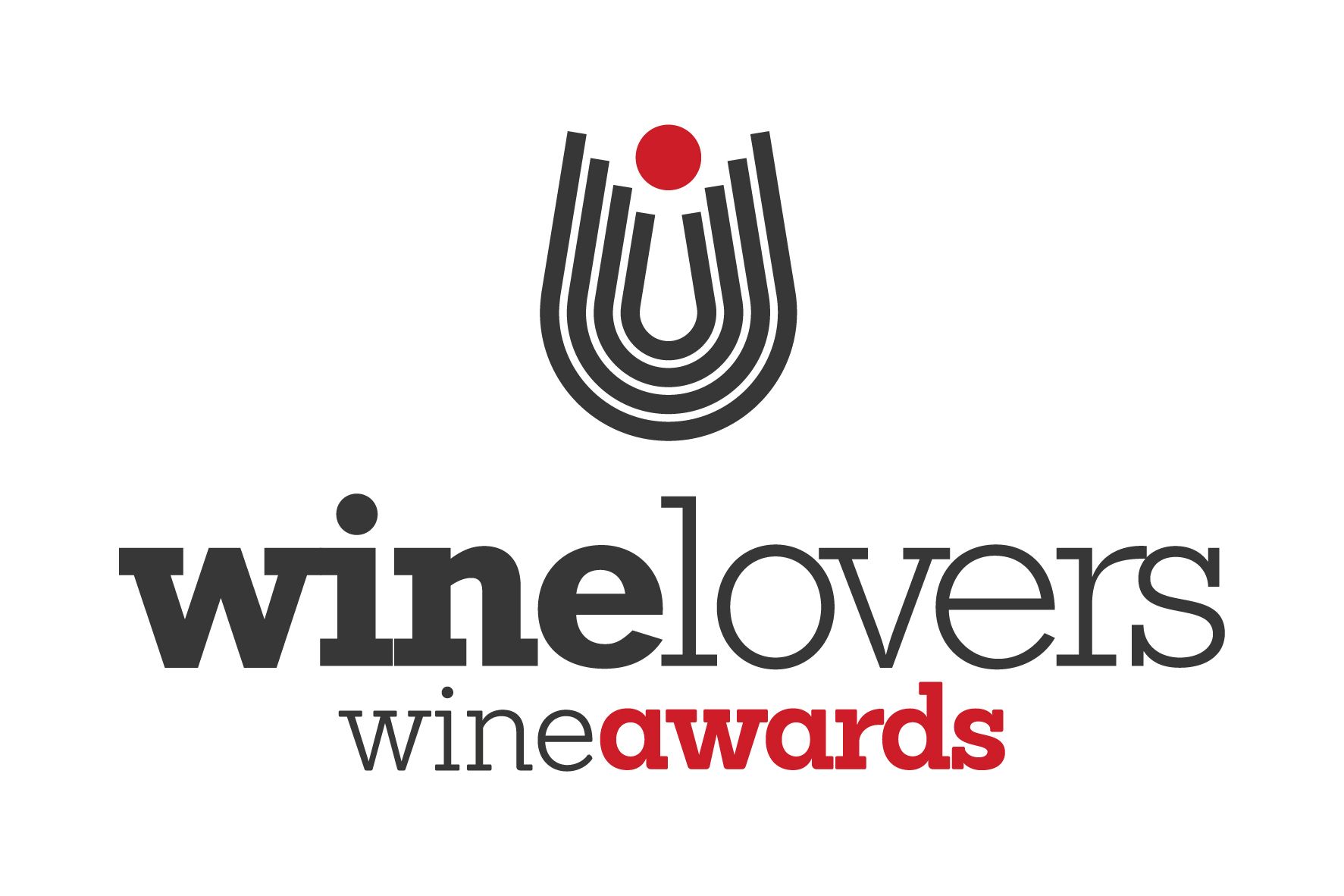At my daughter’s school they’ve recently started an extra-curricular Japanese Club where students are taught about Japanese culture and history. So far they’ve practised basic handwriting script, made Japanese pancakes and composed Haikus. It’s unlikely they’ll learn about Japanese wine in the coming weeks (they are only nine!), but I had the pleasure recently via a masterclass at the Koshu of Japan tasting in London.
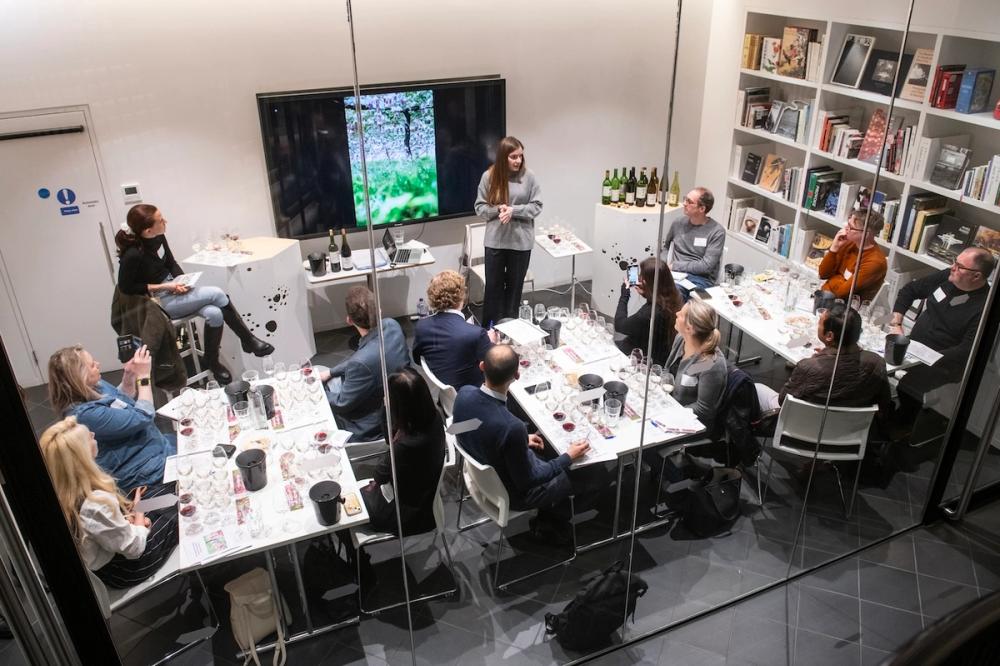
Sommelier Agnieszka Swiecka leads the masterclass at Koshu of Japan tasting
Led by sommelier Agnieszka Swiecka, head of wine for the Audley and Mount St Restaurant and UK Sommelier of the Year 2023, this was a deep dive into Japan’s signature white grape where we tasted nine different Koshus from across the Yamanashi Prefecture, as well as two red wines.
In my mind - and this was played out again during the masterclass and the tasting itself - Koshu is an other-worldly grape, offering a kind of ethereal, almost-not-there sensation. Crisp and fresh and long… but then it drifts off the palate leaving not a trace. Like Thom Yorke hitting that top note in Radiohead’s ‘How To Disappear Completely’ (4m 54s), it’s a wine that is pure and unwavering, it just keeps on coming before disappearing completely.
There was no musical accompaniment to the masterclass, but it was pitch-perfect nonetheless. Swiecka began by telling us that she doesn’t normally do masterclasses but couldn’t pass up the opportunity to get all geeky about Koshu for an hour. It was well worth it; she put Koshu into a viticultural and traditional context before proposing via the wine flight and subsequent discussions a ‘killer Koshu’ wine list for the on-trade.
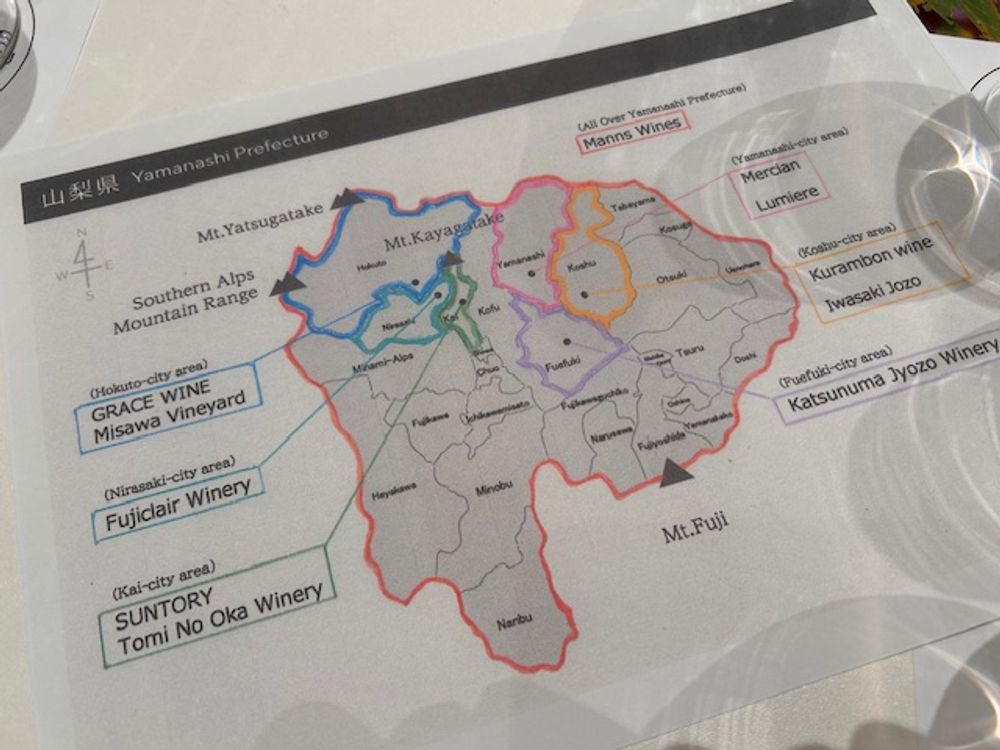
A little bit of Koshu history
Japan’s Yamanashi Prefecture is situated to the west of Tokyo and it is here in the late 12th century that wild vines of Koshu were first discovered. It’s believed that the grape has been growing here since the 8th century, arriving via the silk road most likely through Georgia.
Yamanashi is the driest area of Japan and boasts well-drained soils which makes it a good region for fruit but not rice, which explains why this is Japan’s grape-growing hotspot. As well as grapes, other fruits including pears, cherries and peaches are grown here and they all benefit from the region’s abundant sunshine hours (1,200-1,600 hours annually).

"A lot of Japanese winemakers traditionally want to match Koshu with Japanese food… I think the way forward is to broaden this out,” says Swiecka.
The area was “established within a model following European viticulture,” says Swiecka. The region’s oldest estate Château Mercian was modelled on Bordeaux, although today most of the wineries operate in a system more associated with Burgundy, purchasing much of their fruit on a négociant basis. The one significant winery which leans more heavily on estate-grown fruit is Grace Winery, and then only 50% of their output is made from their own grapes.
Swiecka is keen to talk about the tradition of the region and how this affects the viticulture and winemaking. She frames this ‘human impact’ as part of terroir. "I do think that part of the terroir is the winemaker's input,” she says.
“If we talk about wine it's lovely to talk about the grapes and where they are from but it is the human that has to train the grapes and make a lot of decisions otherwise they are natural, wild plants. So you have to make decisions in the vineyard but also in the cellar, so we must consider this aspect of terroir too."
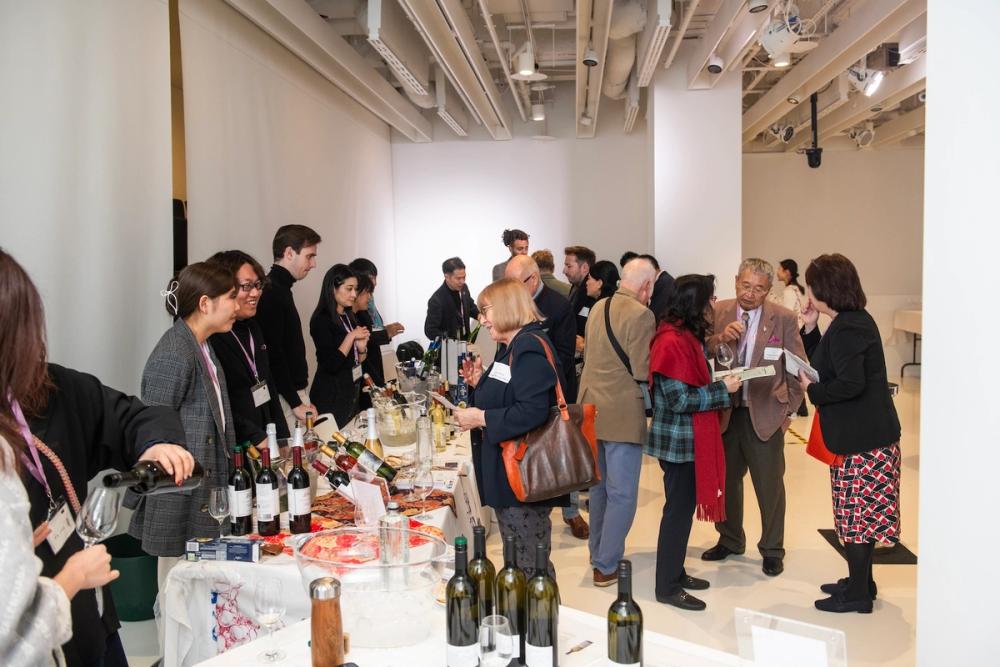
The walkaround tasting allowed a range of different styles of Koshu to be sampled. February 5, 2025, London.
Where to place Koshu in the on-trade
As we worked through the masterclass wines we did so with a keen eye of how Koshu best fits in the on-trade. Across the board these are dangerously drinkable wines, wines with attitude if not weight and as a result are perfect for wine bar and restaurant wine lists.
“I think Koshu is perfectly suited to restaurants that have an interesting by-the-glass program, and not just Japanese restaurants,” says Swiecka, and it’s this last part which really hits home. Many operators are missing the sweet spot with Koshu by often (mostly always) pairing it with Japanese food.
While Koshu works with traditional Japanese dishes, this is not the whole picture, so many other foods work with these wines and pigeon-holing doesn't help, it makes consumers feel that they can only enjoy Koshu with Japanese food. “I think it's very versatile, but a lot of Japanese winemakers traditionally want to match it with Japanese food… I think the way forward is to broaden this out,” says Swiecka.
Fish and chips, oysters, sweetbreads, crab salad, scallops, goat’s cheese… these were just a few of the non-Japanese suggestions voiced as we tasted through the wines. Ultimately, poise and precision are the watchwords when pairing Koshu and the possibilities are endless.
As well as the wines tasted in the masterclasses, which were all still Koshus, the walkaround tasting itself offered a variety of other styles, notably sparkling and orange. Here we select the standout wines from each of the nine producers on show.
Nine killer Koshus
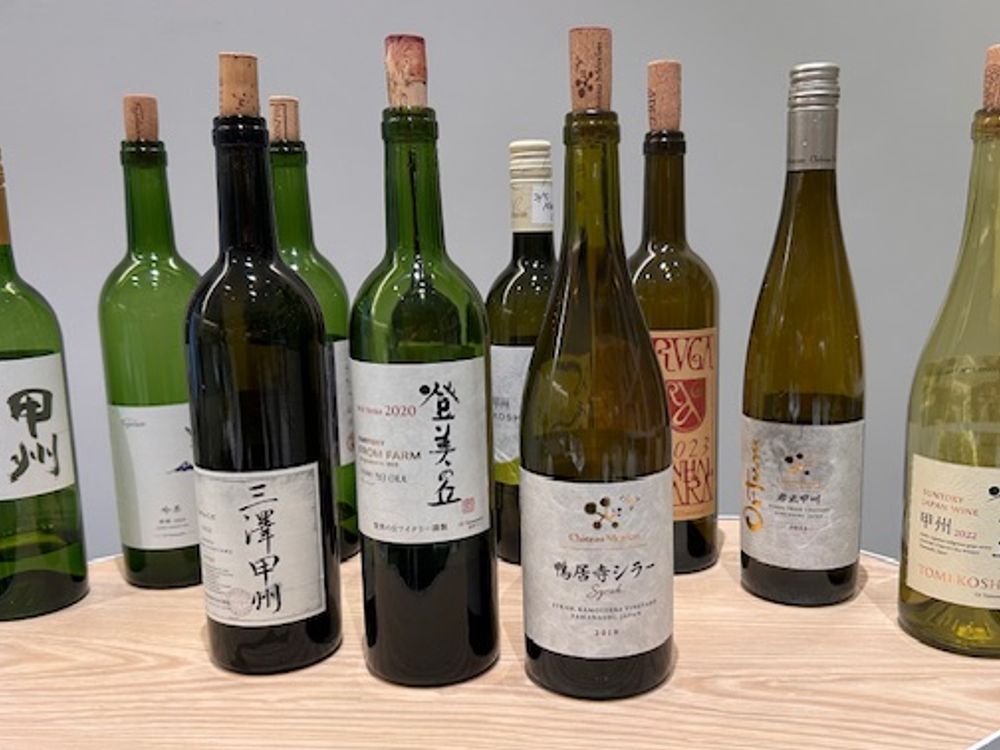
Katsunuma Jyozo, Aruga Branca Issehara, 2023
Single site Koshu made from destemmed grapes. This really stood out; it’s concentrated and almost salty with grip and an intriguing ‘flor’ character. There’s fruit too, tropical peach and Meyer lemon and on the nose a herby green freshness. Crushed rock smokiness further cranks up the intensity level. A serious wine.
Chateau Mercian, Fuefuki Gris de Gris Koshu, 2022
From Yamanashi’s Fuefuki District this Koshu is almost pink, as you swirl it in the glass you can glimpse flashes of colour as it does the rounds. Delicate and light in style there’s grapefruit pith, Assam tea and stewed apple notes and some crushed oyster shell, which adds a lovely freshness on the finish.
Fujiclair Winery, Ginka Koshu, 2023
This is creamy in the glass, delicately opaque. The winemaker says it’s lightly filtered but the sediment is stirred through first. You can almost ‘feel’ the sediment in the mouth, it’s grippy and adds a nice texture to the wine. Crushed pear is the dominant fruit note and grapefruit peel acidity adds nice structure. Very clean.
Grace Wine, Misawa Vineyard Koshu, 2022
Probably the best known Koshu producer and it’s easy to see why. The wines sing, they are polished and lucid, focussed and pure expressions of Koshu. The standout was a single-vineyard wine from the Misawa Vineyard in Akeno, this is very gastronomic in its approach with white chocolate, yoghurt and almond notes, and green apple fruit. It’s the only Koshu tasted that’s gone through malo, which arguably accounts for these rather leftfield characters. Lovely depth and length, an interesting new style of Koshu.
Iwasaki Jozo, Chateau Honjyo Koshu Sur Lie ‘Utatane-wa’, 2022
This is fermented in an inert style to retain freshness, then aged in steel on the lees with occasional battonage. The result is an interesting style which has real depth of character and a savoury edge. Lovely weight and crisp stone fruit nicely offsets the almost woody, almost umami note from the lees contact. A hint of spice on the finish closes this out in style.
Kurambon Wine, Sol Lucet Koshu, 2024
Kurambon is one of the oldest wineries in the region, founded in 1913. It operated as a co-op between 1932 and 1962, but is now a négociant-producer. The Sol Lucet Koshu is aromatic and crisp with a savoury, animal fat note on the nose. It’s quite yeasty and creamy in character with orange peel and grapefruit hints. Difficult to pin down, but really delicious.
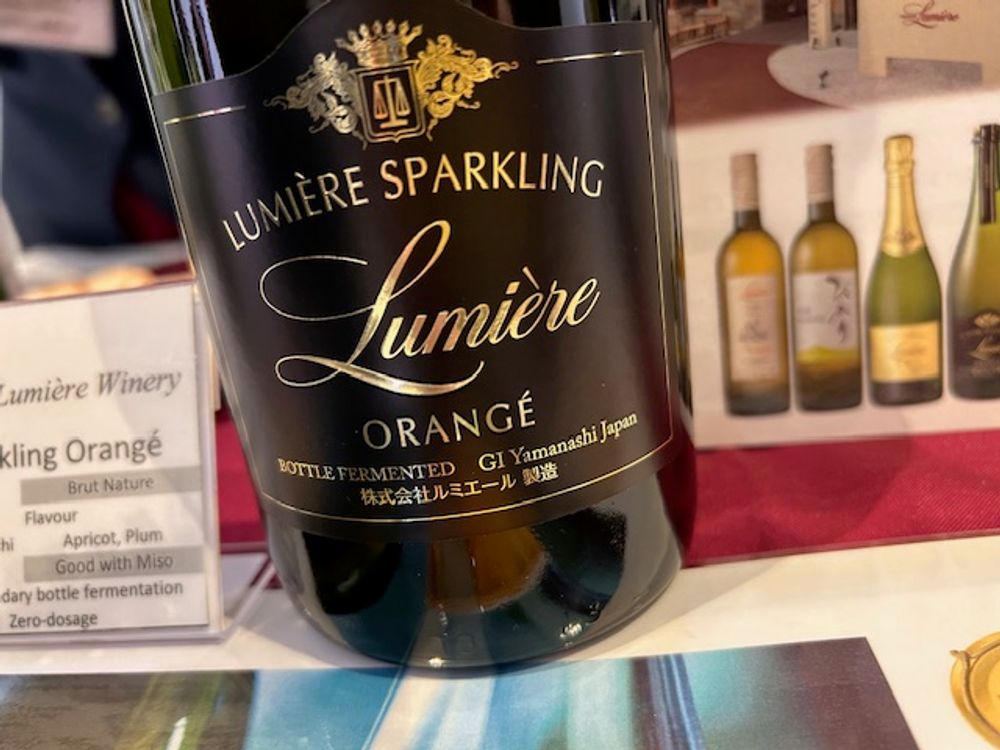
Lumière Winery, Sparkling Orange, 2022
Orange Koshu is clearly the flavour of the month with a few examples on show. This sparkling skin-contact wine is made using the carbonic maceration technique which may explain the soft and furry peach notes. There’s a hint of tannin too (fine leaf tea) and a pure, fresh finish carried by the delicate bubbles. This is zero dosage but you wouldn’t guess, the ripe fruit lifts everything nicely.
Manns Wines, Koshu Kamosi, 2024
Another orange wine, this time a still version, which sees six days pre-fermentation skin contact. Perfumed and full with orange peel, confected stone fruit notes and a herby, mint-tea finish. This is really good. It leaves a herby tingle, which is a delight.
Tomi No Oka Winery, Koshu ‘Tomi’, 2022
Tomi No Oka Winery is part of the Suntory brand, most famous for its Japanese whiskies and those ‘Lost In Translation’ Bill Murray adverts. The ‘Tomi’ Koshu is floral with melon, honey and distinct sake vibes. Lovely and long with structure and concentration. There’s a hint of dried herbs on the close.

